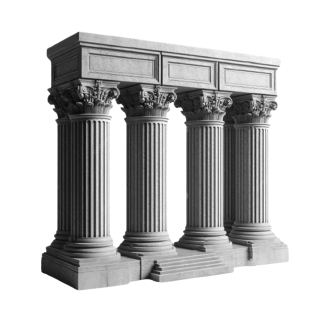

Michael Heffernan
Overview
The second-largest island in the Channel Islands, Guernsey has gone to great lengths to change its sleepy backwater image, and it's working. Flatter and less dramatic-looking than Jersey, Guernsey has some stunning beaches, particularly along the north coast, rugged cliffs in the south, and a lively, compact capital of St Peter Port. There's more to Guernsey than offshore banking and cream teas: there are Neolithic graves, Victorian forts and German fortifications to explore, adventure sports such as coasteering and rock climbing are on the rise, the north coast is excellent for watersports, and St Peter Port lures visitors in with its great dining scene.




